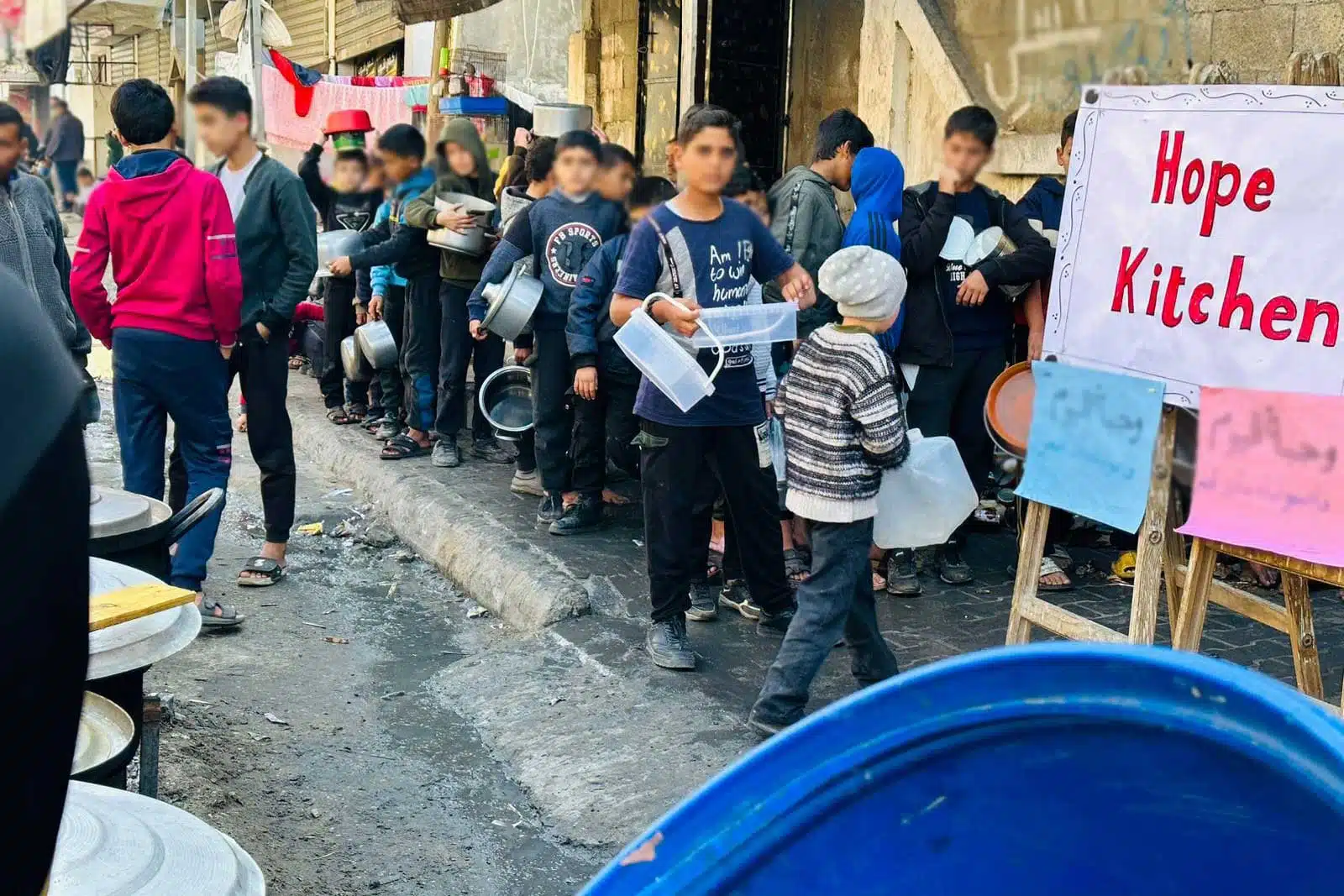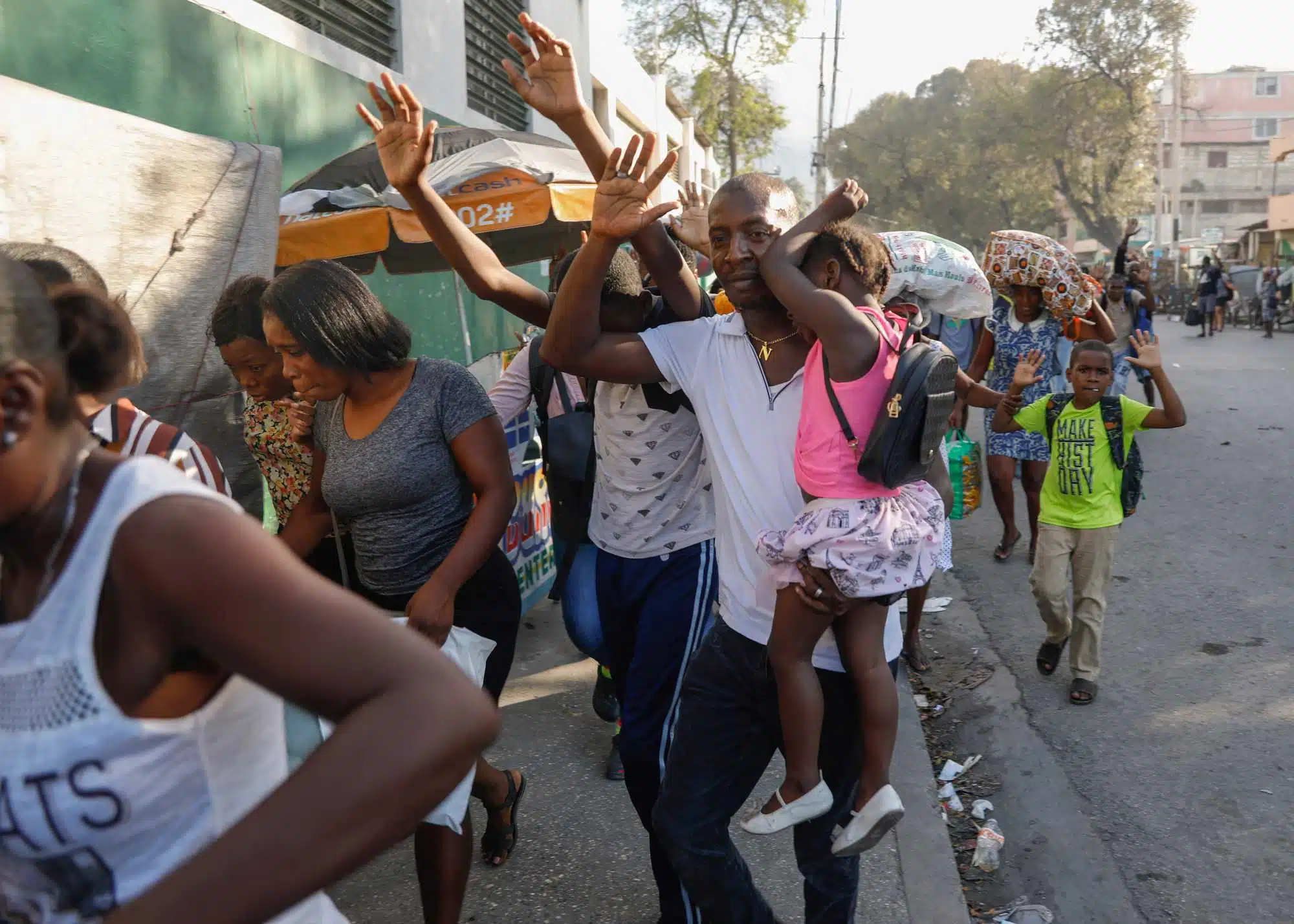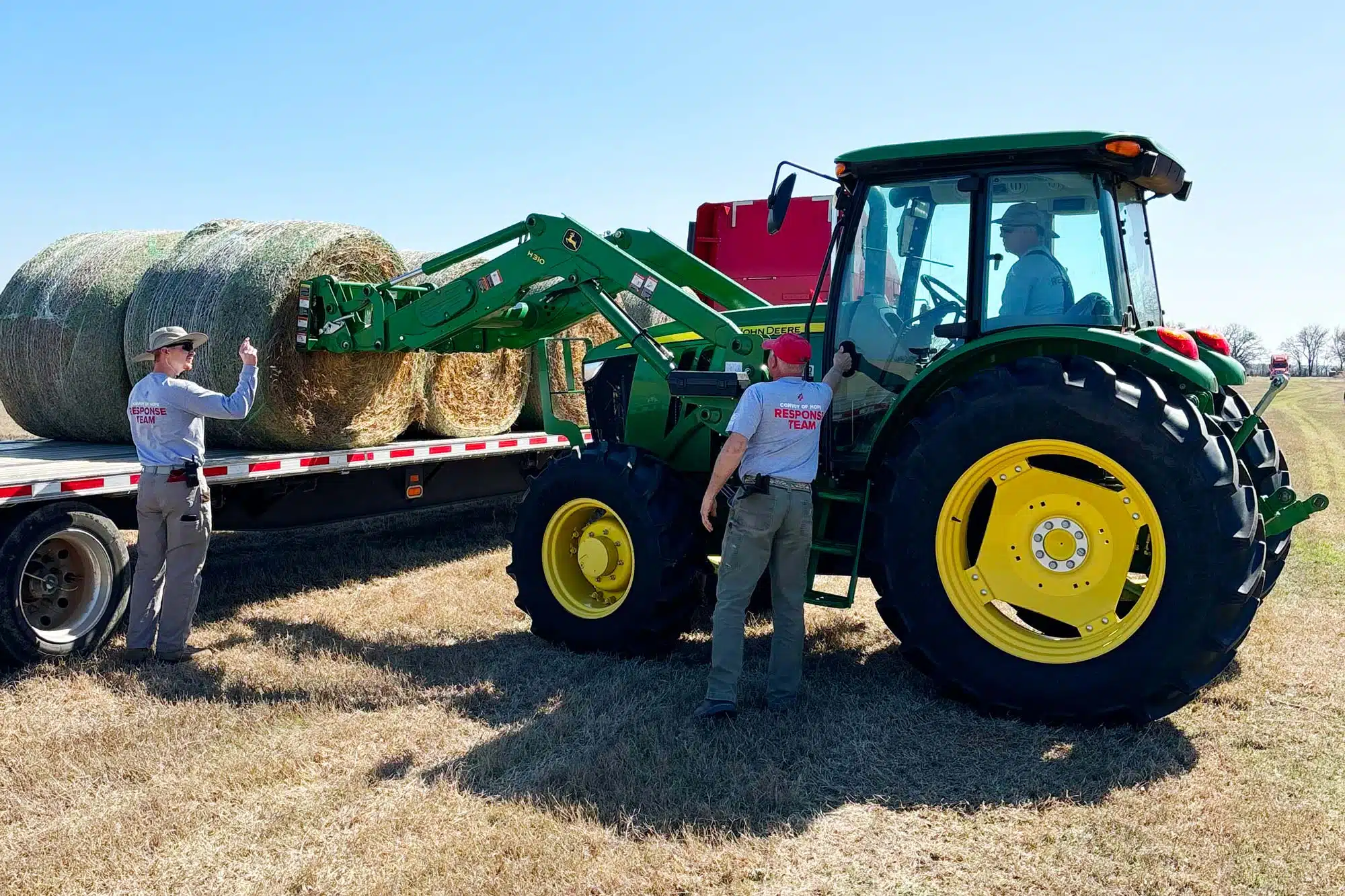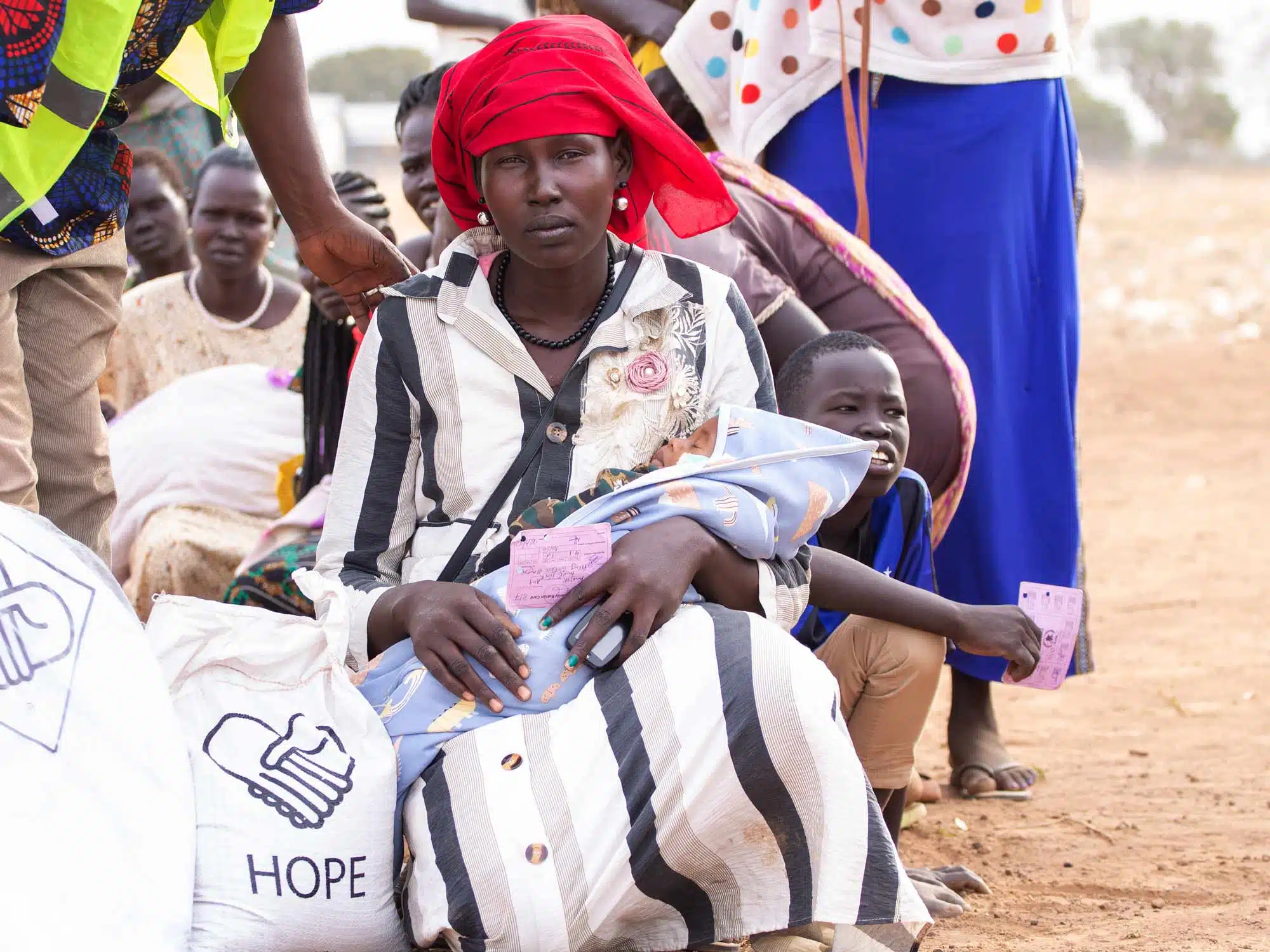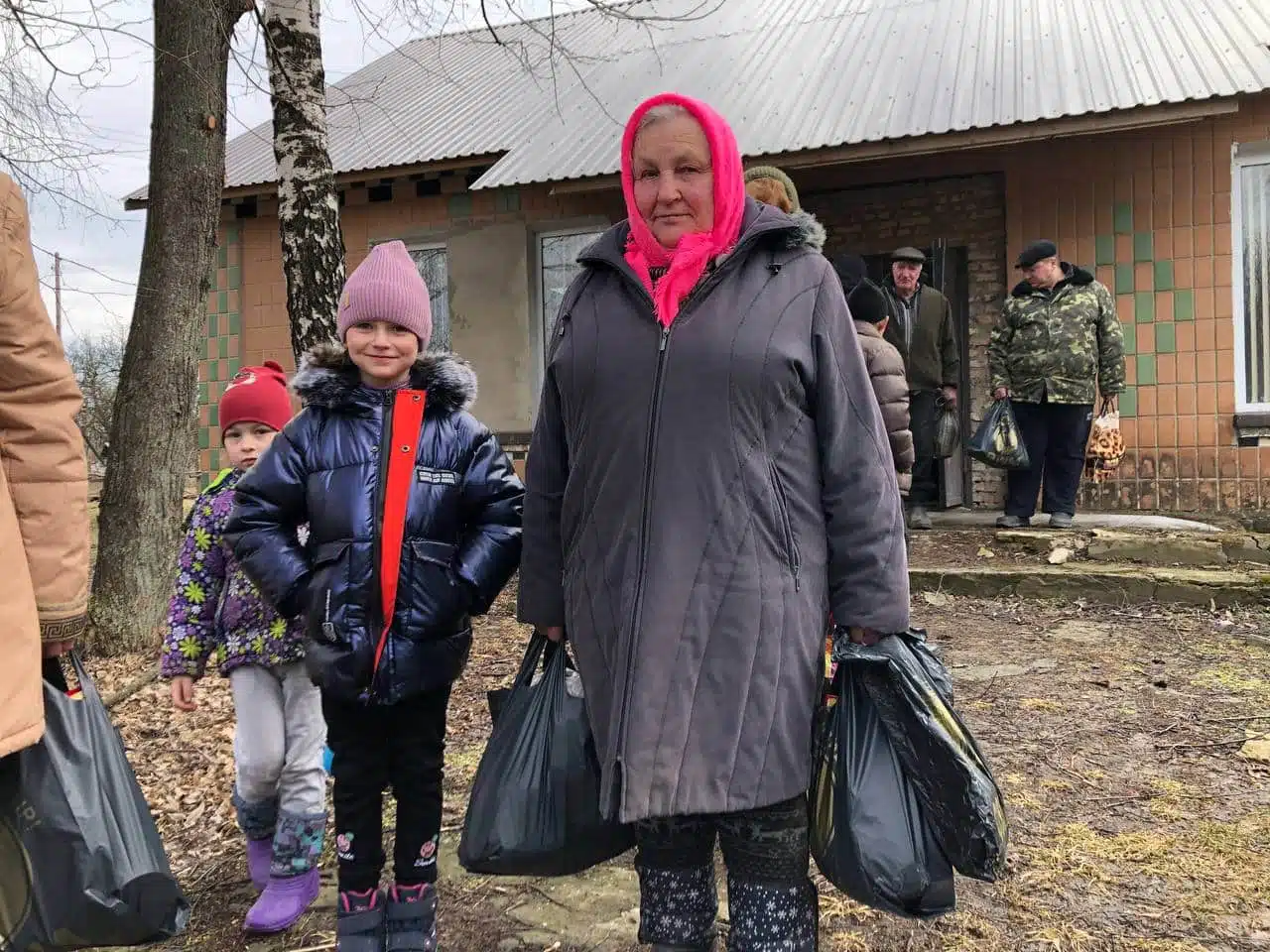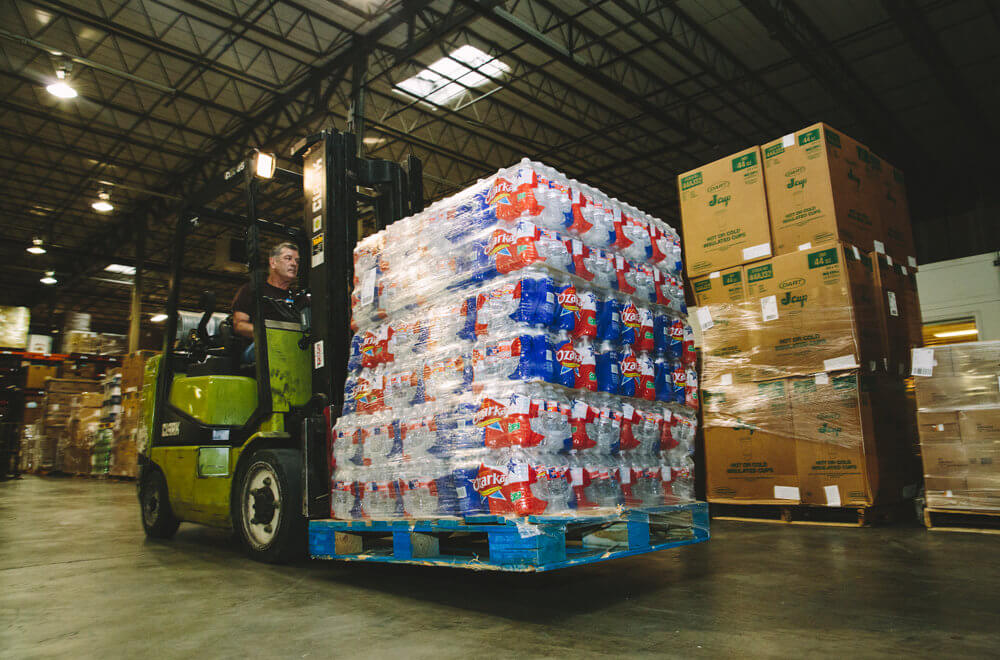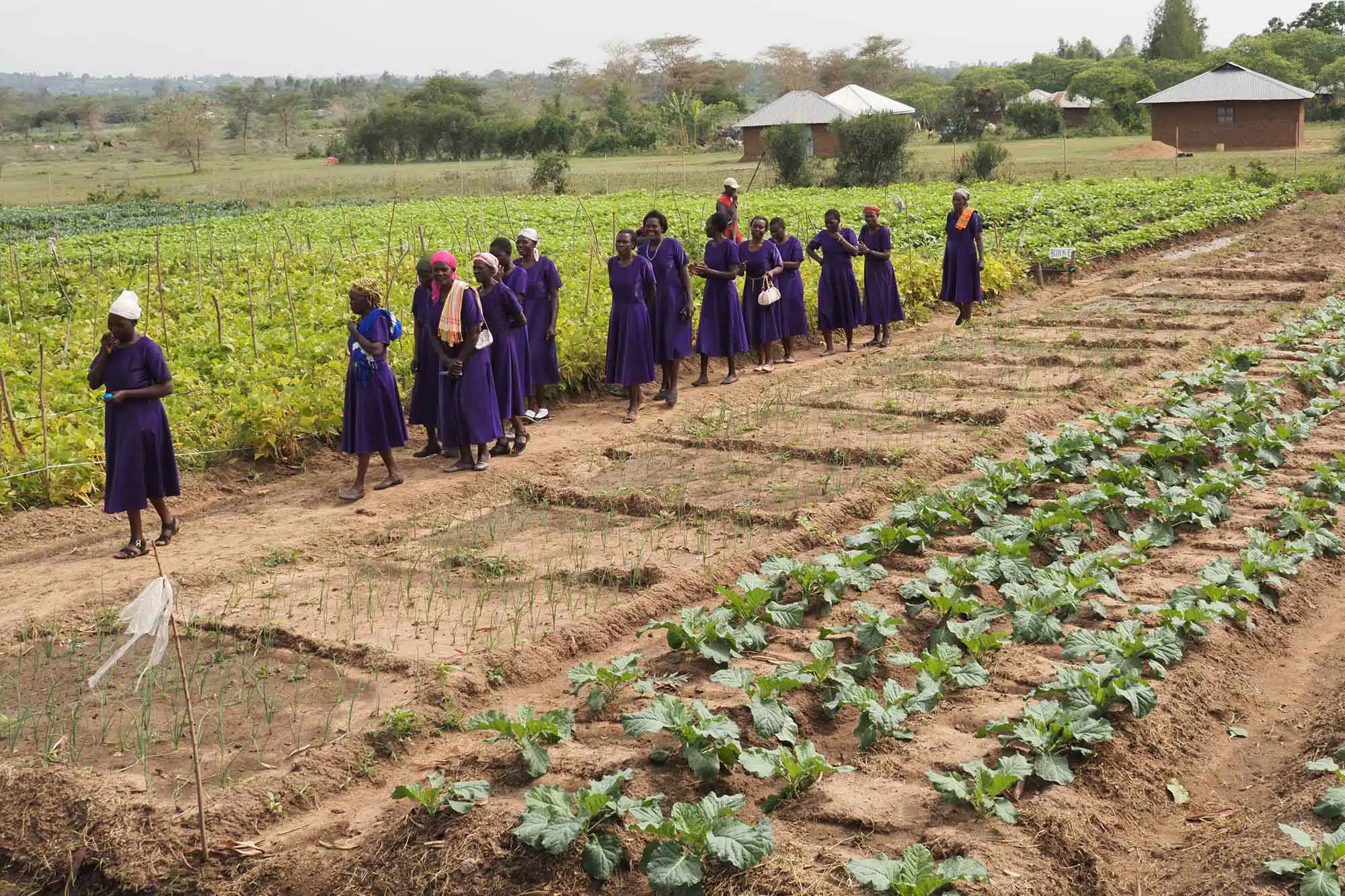
Grace is an orphan living alone in her parent’s house in Kenya. Her father left with their camels in search of water and pasture. A few months later, her mother left to find work in Ethiopia after she could no longer profit from selling charcoal on the side of the road.
Grace is now in the care of the community members. She is one of many children Convoy of Hope is feeding amid the drought.
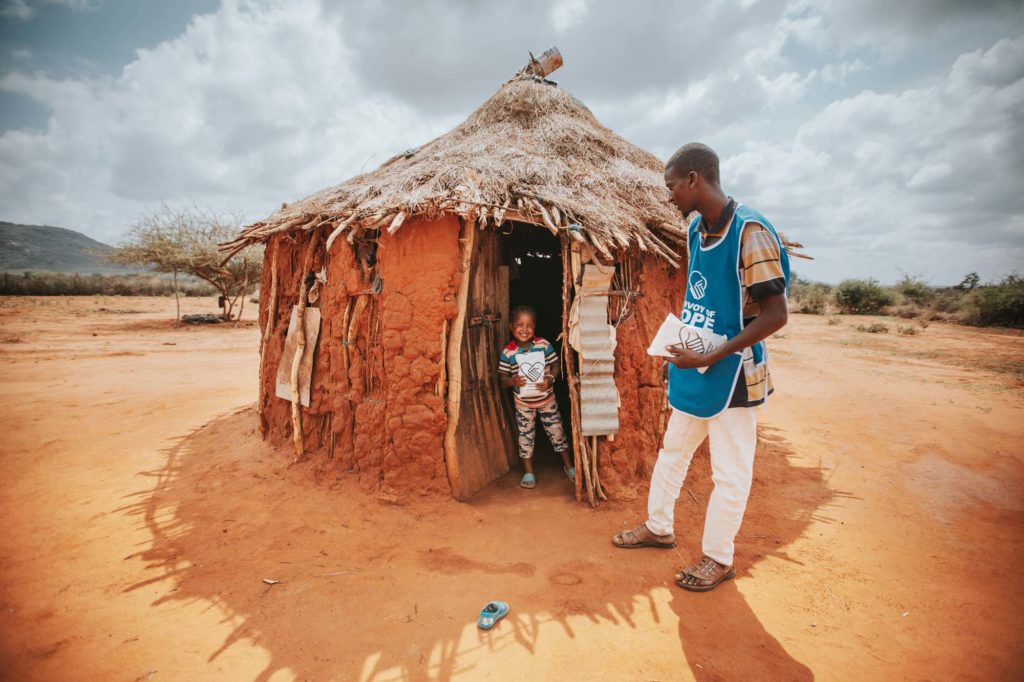
The Overseas Security Advisory Council notes that the escalating conflict in Ukraine has contributed to lower humanitarian assistance to African nations.
Climate Shock in Africa
Much of Africa is undergoing various changes in climate. Parts of Central and West Africa experienced devastating flooding in late 2022, and South Africa is experiencing an abnormal rise in temperature. The Horn of Africa drought still has the potential to lead to famine. Large portions of Kenya haven’t seen rain in as long as three years.
The Famine Early Warning Systems Network called the drought in the Horn of Africa “the most extensive and persistent drought event in decades.”
Previously, residents survived by relying on their livestock for milk and meat. But now, almost 9 million livestock have died across the region as a result of the drought — with a staggering 2.4 million deaths in Kenya alone.
The Impact of Drought on Agriculture
Several Kenyans are deprived of their food source and revenue after the devastating loss of livestock. Families are struggling to feed their children even one meal a day, often going without food for days at a time.
The United Nations News has reported that nearly 2 million children across Ethiopia, Kenya, and Somalia are estimated to need urgent treatment for acute malnutrition.
Convoy of Hope is continually feeding children throughout the region. Along with food distribution, Convoy of Hope and several partners are working on plans to provide silage, a preserved pasture grass. This grass is available for livestock to eat during dry seasons, which helps farming communities slow livestock mortality.
Widows Working to Grow Food for Communities
In a small area in Kenya where food is still successfully growing, Convoy of Hope is partnering with a local foundation to help with food insecurity. Roughly 600 widows have been growing food to contribute to Convoy’s distribution in Kenya.

Convoy of Hope’s Bryan Burr said, “It was moving to see the women who grow the food that we use in the distributions … they are helping us supply over 2.5 million meals so far!”
A below-average rainy season is forecasted for 2023, which means humanitarian aid, like what Convoy of Hope provides, will be vital for the communities affected by the drought.
The situation for many living in the Horn of Africa is dire, but Convoy remains committed to being a part of the solution. Your generosity and compassion for those living through the harsh reality of a years-long drought has helped make it possible for Convoy to provide relief for these communities, bringing hope to every area of need.
